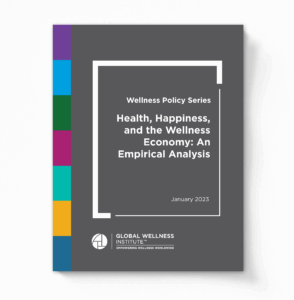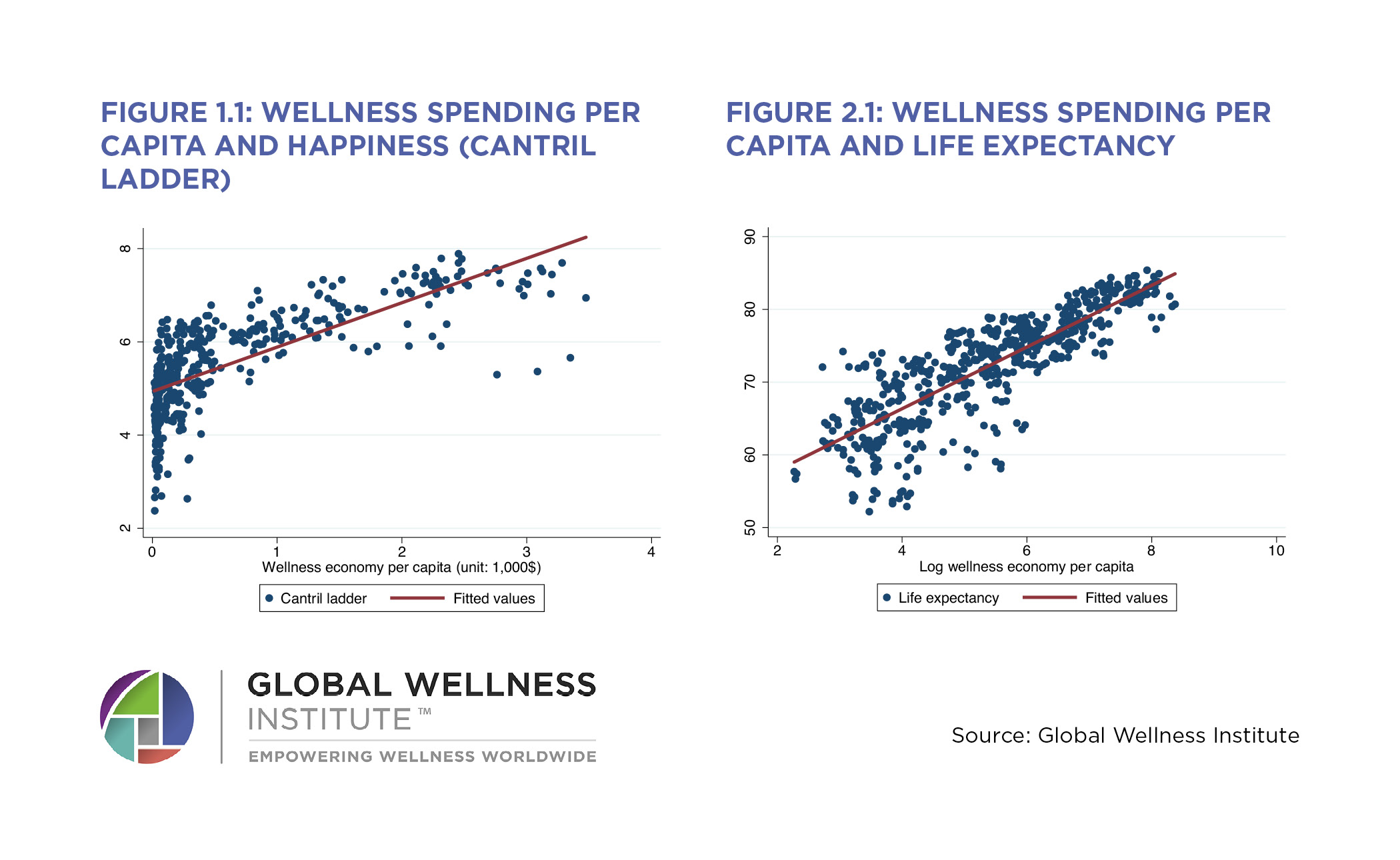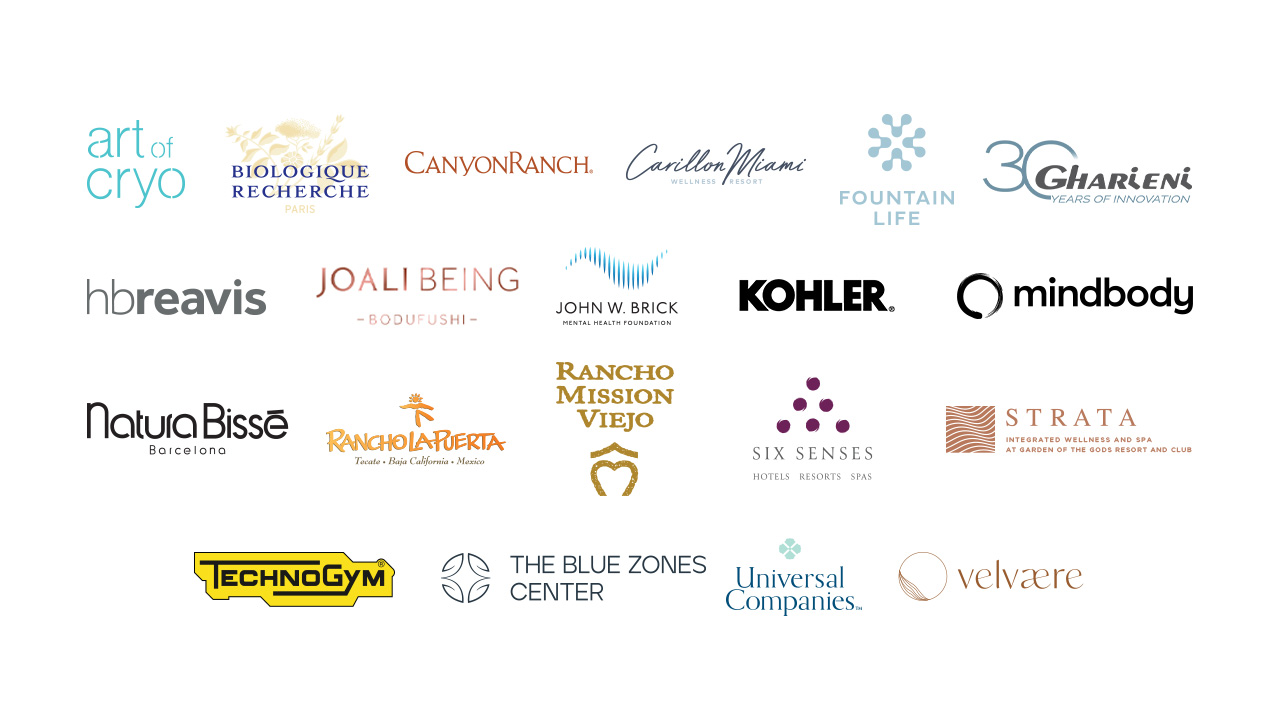Health, Happiness, and the Wellness Economy: An Empirical Analysis

WELLNESS POLICY SERIES
This report examines the nexus of wellness spending, health, and happiness, in a collaboration between the Global Wellness Institute (GWI) and a key author and statistician for the UN World Happiness Report. It is the first-ever global analysis of the statistical relationships between total and sector-level wellness economy spending and various measures of happiness and health outcomes. Overall, this study shows that there is a strong correlation between wellness, happiness, and health, after we control for confounding factors such as wealth, population size, and regional and time differences. Furthermore, we have found that spending in many individual wellness sectors has strong correlations with happiness and health outcomes. While we cannot go further to say that these are causal relationships, they are significant findings nonetheless. For more information, see GWI’s Wellness Policy Series.
Key Findings
WELLNESS AND HAPPINESS
- The wellness economy is strongly and positively correlated with happiness at the country level.
- In addition, many individual wellness sectors are strongly and positively correlated with happiness at the country level: workplace wellness, wellness real estate, healthy eating, physical activity, thermal/mineral springs, wellness tourism, and public health and prevention. The strength of these relationships varies, with some sectors (workplace wellness, healthy eating) having a stronger relationship with happiness, while others have a weaker relationship (thermal/mineral springs).
WELLNESS AND HEALTH
- The wellness economy is strongly and positively correlated with several health outcomes at the country level, including life expectancy, healthy life expectancy, infant mortality rate, under-five mortality rate, and risk of premature death from four noncommunicable diseases.
- The wellness sectors that are most associated with leisure and self-care (wellness tourism, spas, thermal/mineral springs, traditional & complementary medicine, and personal care and beauty) show the strongest relationships to many health outcome indicators in the statistical analysis.
- Workplace wellness is the only sector that shows a strong and statistically significant relationship with all five of the health outcome indicators as well as happiness across countries. However, these relationships may be driven by underlying employment characteristics other than the workplace wellness expenditures themselves.
- For some wellness sectors, there is little or no statistical relationship with health outcome indicators because spending money on a wellness activity is not always a good indicator of actually engaging in wellness and healthy behaviors (e.g., healthy eating, physical activity, mental wellness, wellness real estate).
CONCLUDING THOUGHTS
These statistical analyses provide some insights into the relationships between wellness spending and various health and happiness outcomes. For governments seeking the most effective and efficient use of limited resources, they imply that in some circumstances allocating funds to support wellness activities may help to improve health and wellbeing outcomes. However, while the results may make intuitive sense, we cannot rely solely on these statistical analyses to predict value-added in any circumstance. Certainly, our analysis demonstrates the need for further empirical research in this field of inquiry. There is a clear case for public and private sector funding to support research on the relationships among wellness spending, wellness activities, happiness, and health outcomes. Having further empirical evidence of the role of wellness spending and activities can help with future policy and program decision-making.
For industry leaders contemplating investments in various wellness sectors, this report may serve to educate potential public partners and assist in advocating for policies and programs to support impactful and cost-effective wellness services and initiatives. Wellness industry leaders understand the value of these goods, services, and practices to their customers. This initial analysis takes a welcome step toward finding empirical support for why national and local policymakers should explore wellness policy to support their citizens’ health and wellbeing.
 DOWNLOAD ALL REPORT GRAPHICS
DOWNLOAD ALL REPORT GRAPHICS
























































